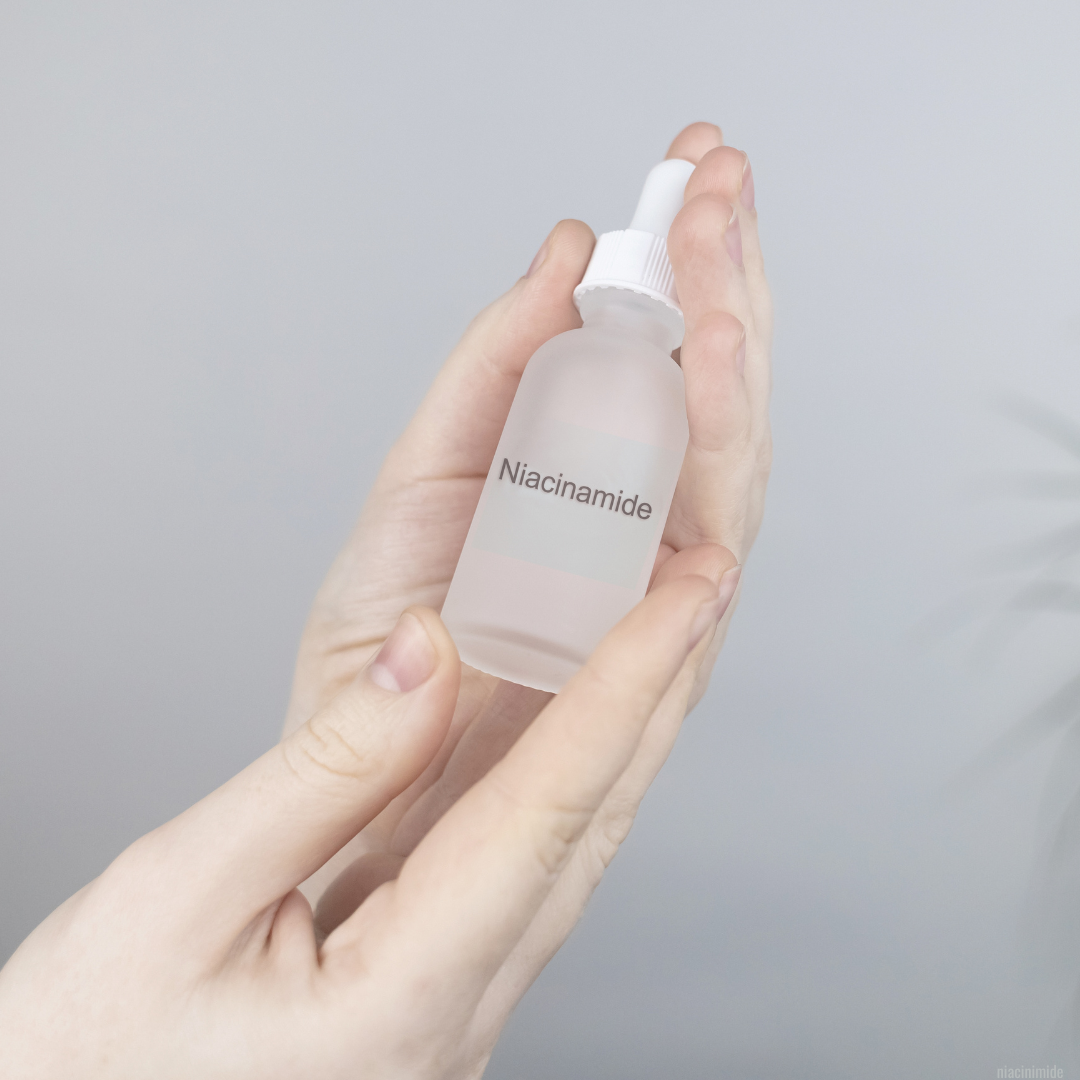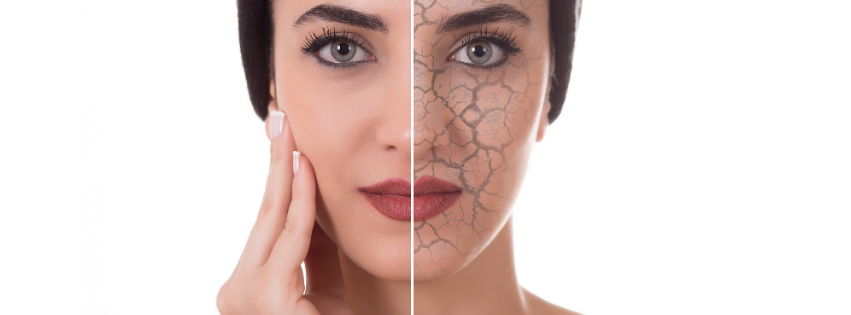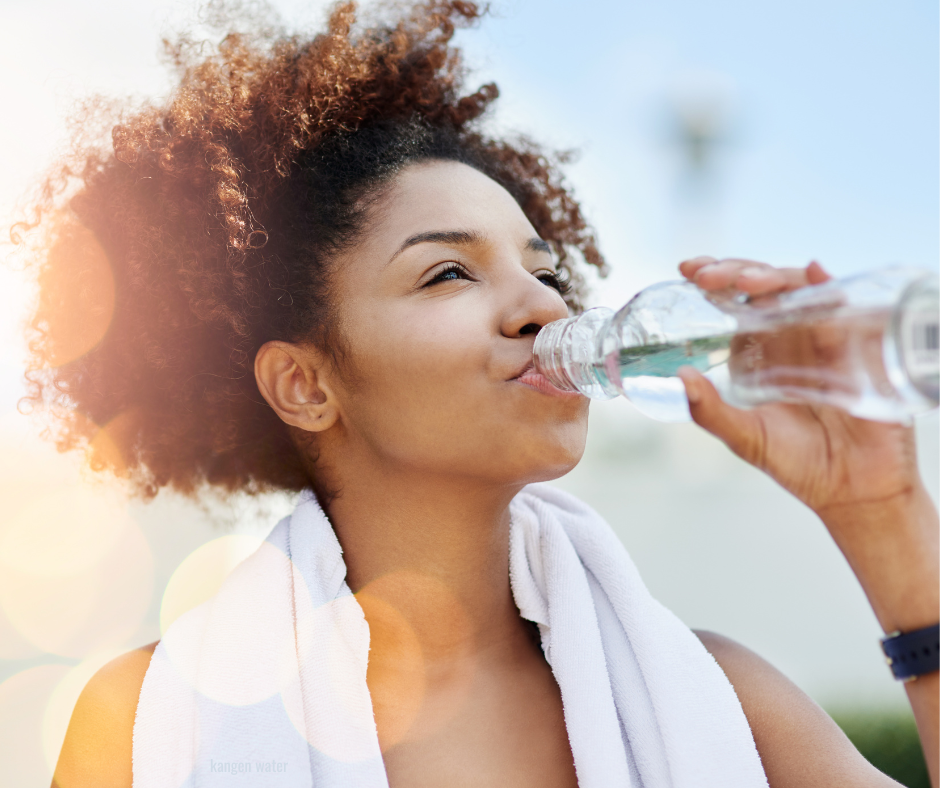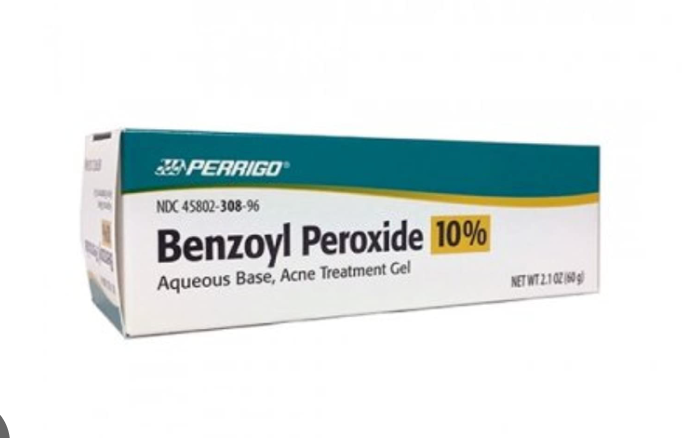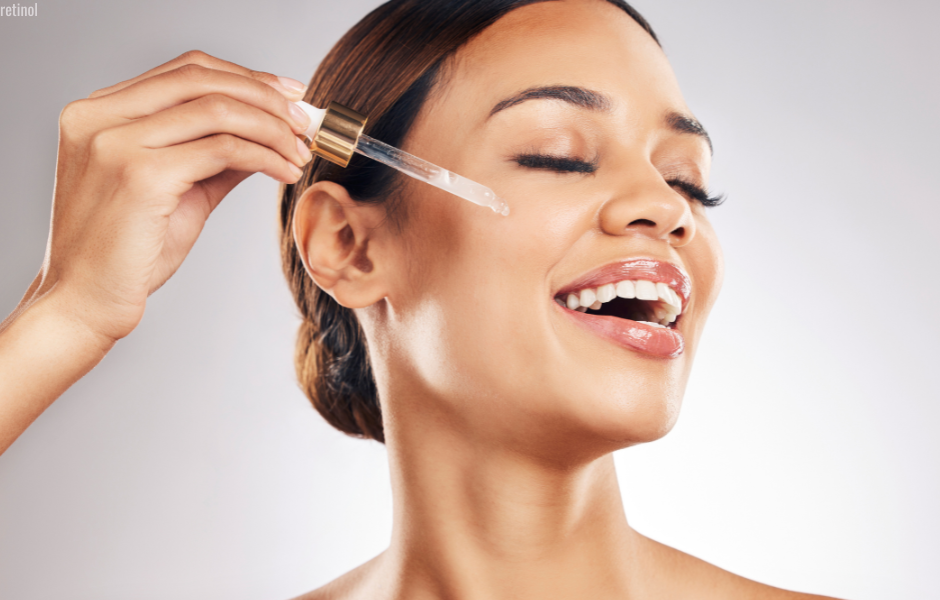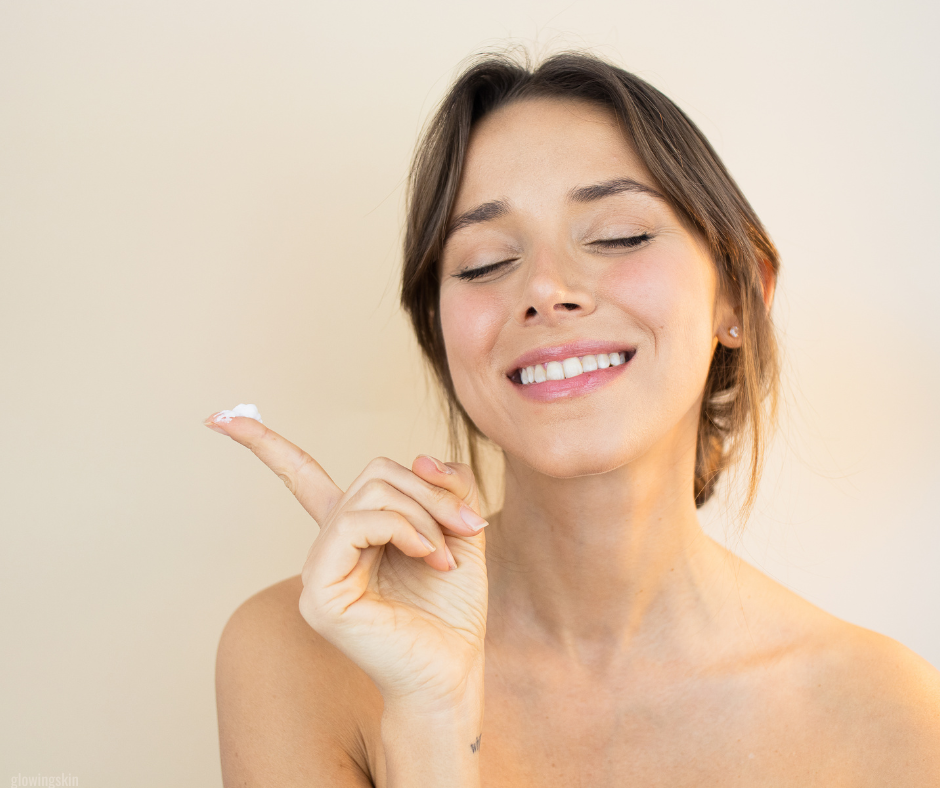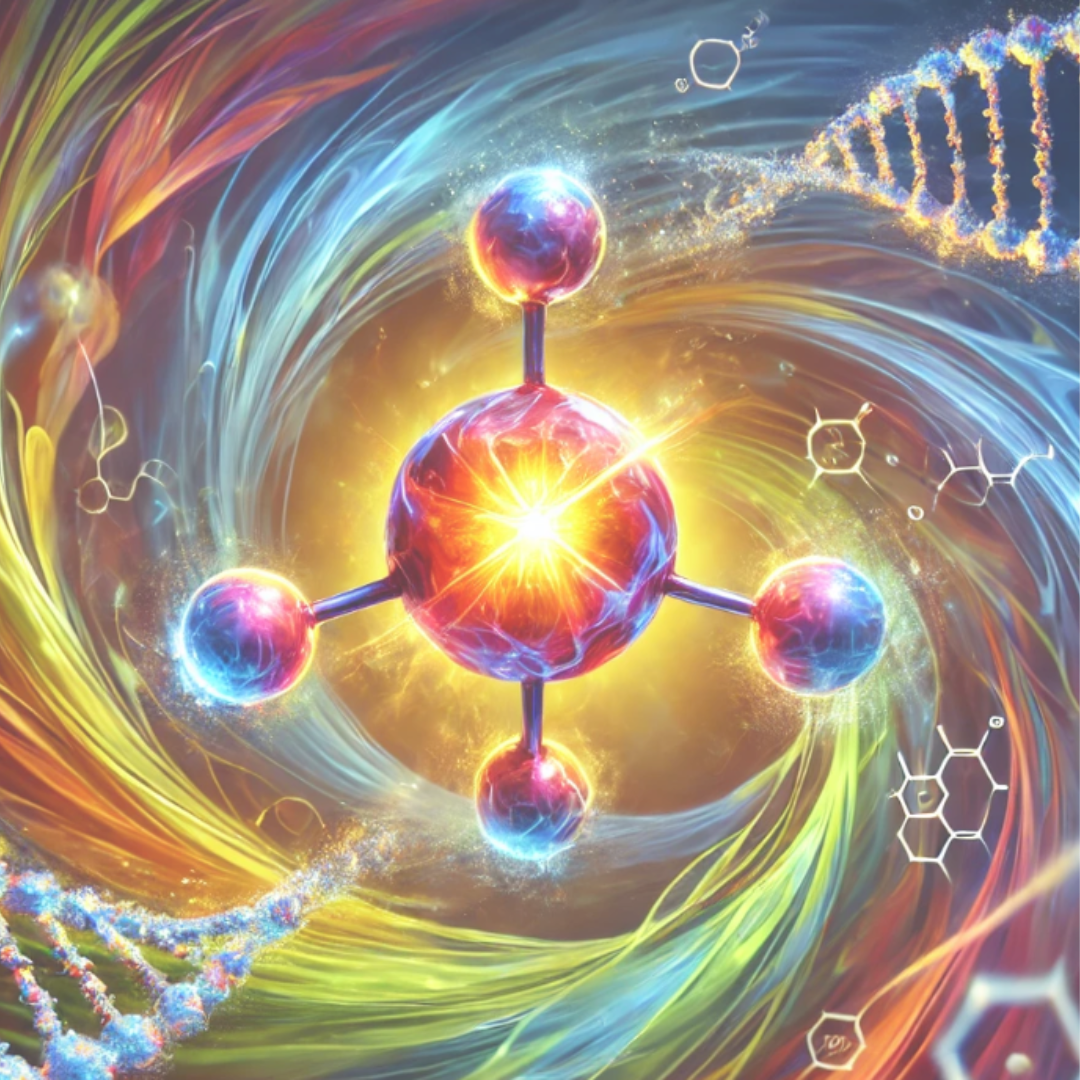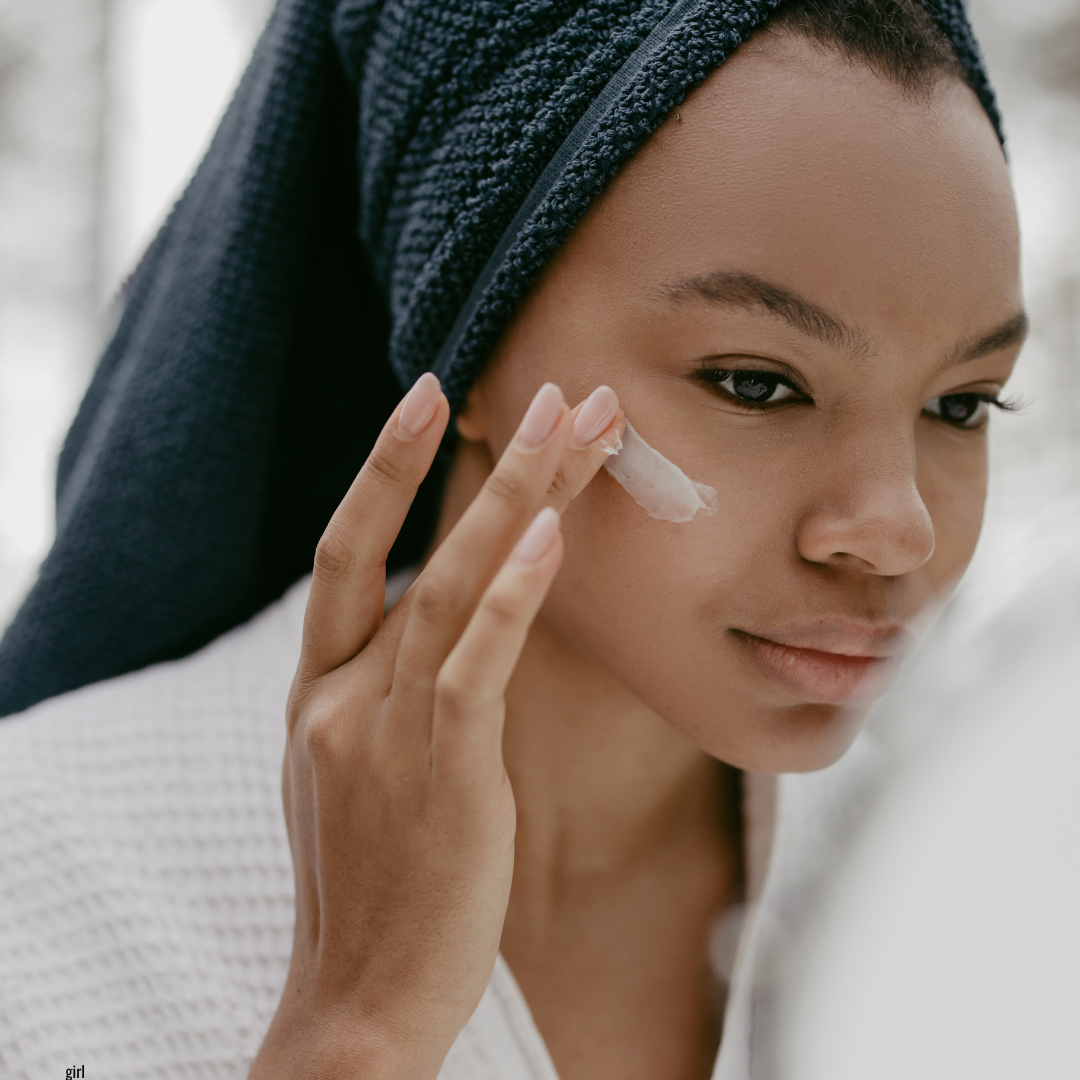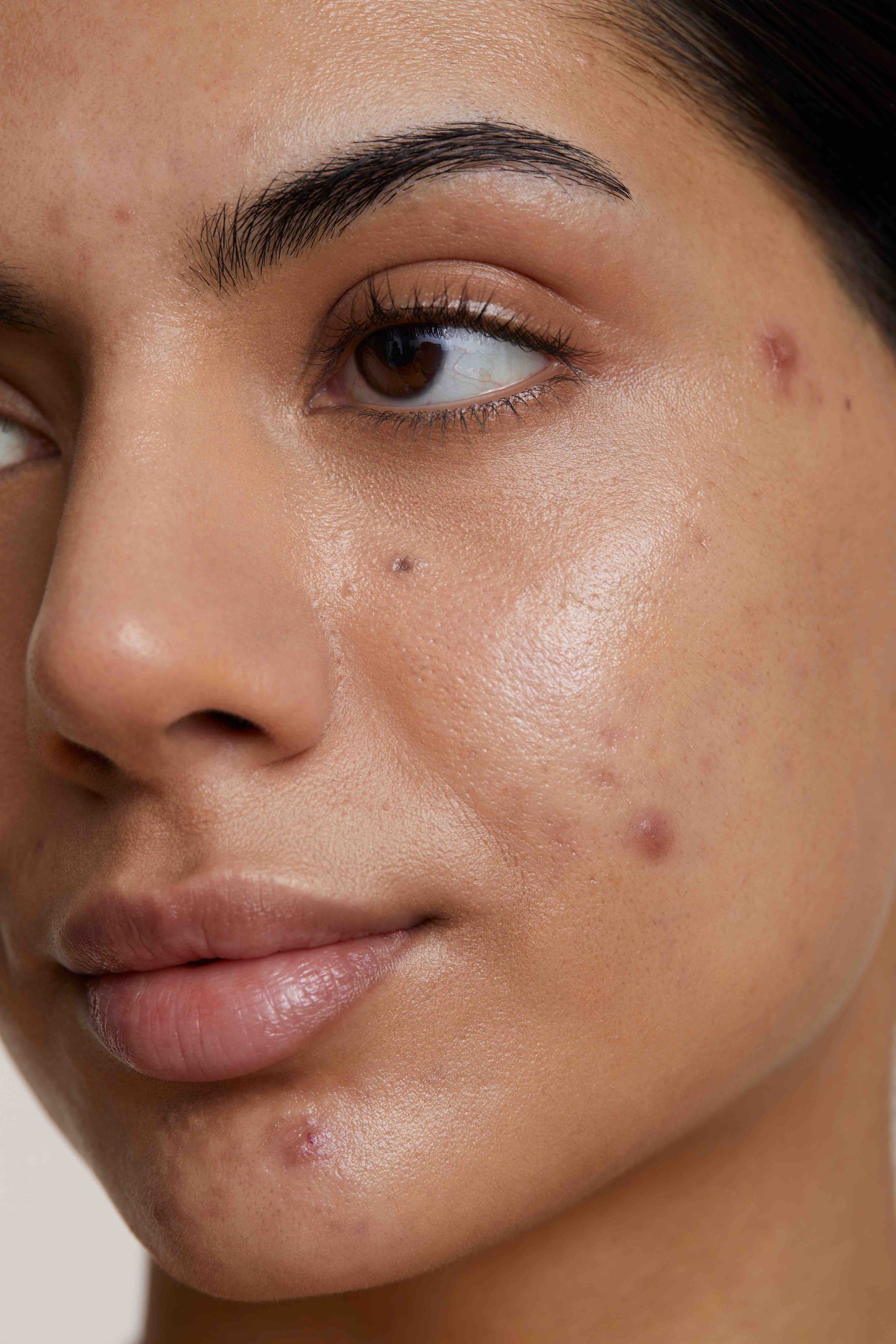Environmental Factors Affecting Acneic Skin
How Sun, Pollution, and Climate Impact Acne-Prone Skin—and Expert Tips for Protection
As esthetic students, it's crucial to understand how various environmental factors such as sun exposure (UV radiation), ambient conditions (temperature and humidity), altitude, and pollution can impact acne-prone skin. Here's how these elements affect the skin and what you can recommend to your clients for protection.
Sun Damage
The sun emits radiation that significantly affects acne-prone skin, including:
- Infrared Radiation: 780-5000nm wavelength, making up approximately 53% of solar radiation.
- Visible Light: 400-780nm wavelength, accounting for about 39-44% of solar radiation.
- UV Radiation: 290-400nm wavelength, constituting 3-7% of solar radiation.
Up to 90% of premature skin aging is due to UV radiation. This radiation can be broken down into UVA, UVB, and UVC rays. While UVC rays are the most harmful, they don't reach us because they are absorbed by the earth's atmosphere.
- UVB Rays: These have shorter wavelengths, meaning more energy but less penetration, affecting only the epidermis. UVB rays can cause DNA damage leading to skin cancer and increased melanin production, visible almost immediately as sunburn. Hence, they are called 'burning rays.'
- UVA Rays: These have longer wavelengths that allow deeper penetration into the dermis. Though they have less energy, they indirectly damage DNA by producing free radicals, leading to the breakdown of collagen and elastin, causing premature wrinkles. UVA rays are often referred to as 'aging rays.' Unlike UVB, UVA's strength is constant throughout the day and across seasons, causing accumulative damage.
Understanding Tanning
Folks, there’s no such thing as a ‘healthy tan.’ A tan indicates skin damage, progressing through three stages:
- Immediate Pigment Darkening (IPD): Temporary darkening within minutes of UV exposure, mainly due to UVA.
- Persistent Pigment Darkening (PPD): Lasts 3-5 days post-exposure, primarily activated by UVA.
- Delayed Pigment Darkening (DPD): Noticeable 2-3 days after exposure, lasting 3-4 weeks, caused by both UVA and UVB.
Visible Light and Infrared Radiation
It's important to understand how visible light and infrared radiation affect acne-prone skin. While they have longer wavelengths and less energy than UV radiation, they still contribute to skin damage by producing free radicals.
Visible Light: This accounts for 33% of free radicals when the skin is exposed to solar radiation. High-energy visible (HEV) light, or blue light, is particularly potent in activating melanin production. This can be a concern for acne-prone skin, as increased melanin can lead to post-inflammatory hyperpigmentation. Recommend sunscreens with added iron oxide to extend protection to visible light, and encourage the use of antioxidants to reduce free radical damage.
Infrared Radiation: This also produces free radicals but to a lesser extent than visible light. However, it can still contribute to the overall stress on the skin, particularly in combination with other environmental factors.
Pollution and Acneic Skin
Pollution
It's important to understand how air pollution affects acne-prone skin. Air pollution, with its mix of chemicals and particles, increases free radical production, leading to issues like acne, sensitivity, premature aging, dryness, dullness, roughness, and discoloration. In high pollution areas, conditions like acne and eczema can worsen due to reduced skin barrier function, resulting in dehydration and increased sensitivity.
Therefore, the emphasis is on cleansing every evening to remove pollutants accumulated throughout the day. Recommend using antioxidants, both topically and my personal favorite, through Kangen water, to neutralize free radicals and reduce their harmful effects. Barrier-repairing moisturizers are also essential to maintain a strong skin barrier, keeping the skin hydrated and resilient.
Climate
Climate plays a significant role in how acne-prone skin behaves:
- Hot and Humid: Sweat mixes with sebum and pollutants, leading to clogged pores, inflammation, and acne breakouts. Therefore, use lightweight, non-comedogenic products and to cleanse their skin regularly to prevent buildup.
- Hot and Dry: While sweat evaporates quickly, the skin cannot draw moisture from the environment, causing dryness and dehydration, which can exacerbate acne. Recommend hydrating products and gentle exfoliation to keep the skin balanced.
- Cold: Reduced blood flow in cold weather can cause facial redness and potential broken capillaries. Low humidity increases water loss, worsening redness and irritation. However, high humidity can clog pores. Encourage your clients to use gentle, hydrating products and to protect their skin from harsh weather conditions.
- Mild Conditions: These are ideal for skin, as mild humidity allows the skin’s natural moisturizing factors to draw in enough water, keeping the skin well hydrated and reducing acne flare-ups.
Sun Protection
Remind your clients that regardless of the climate, daily sunscreen use is crucial, especially at higher altitudes where UV intensity increases by 20% for every 1000 feet in elevation. Protecting the skin from UV damage helps maintain overall skin health and prevents further aggravation of acne.
By understanding how the environment can affect acne-prone skin, you can adapt your skincare routines to these environmental factors, ensuring your skin stays healthy, clear, and resilient.
To access our full range of non-comedogenic products, check out our online store!
